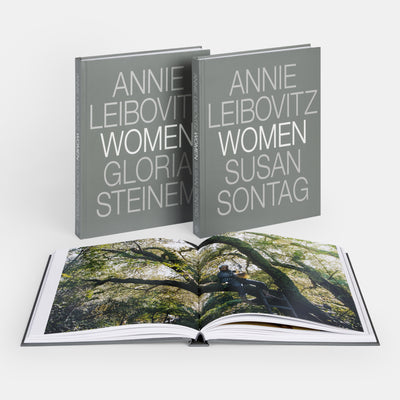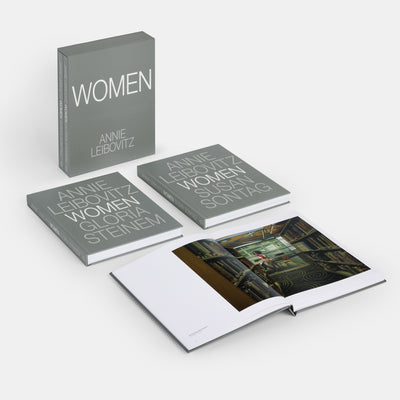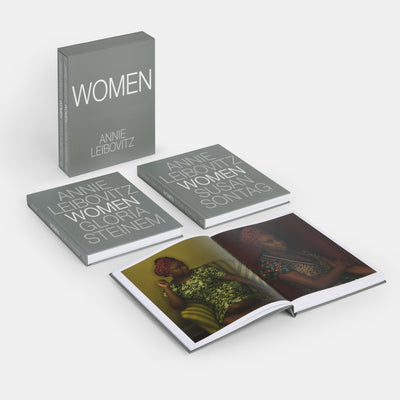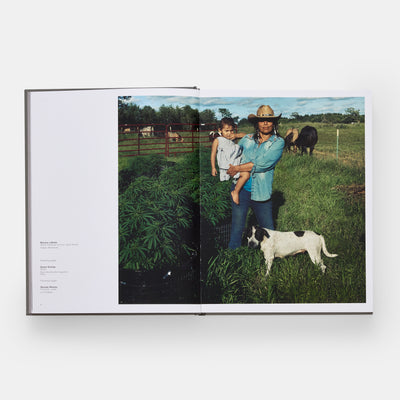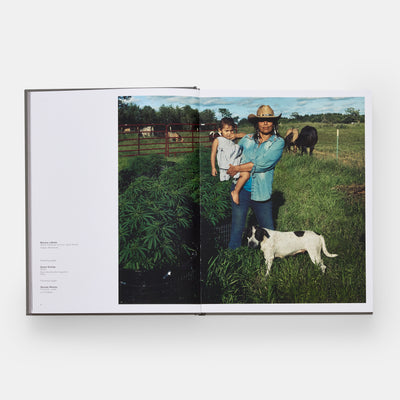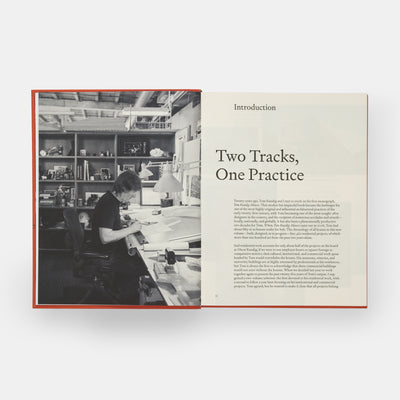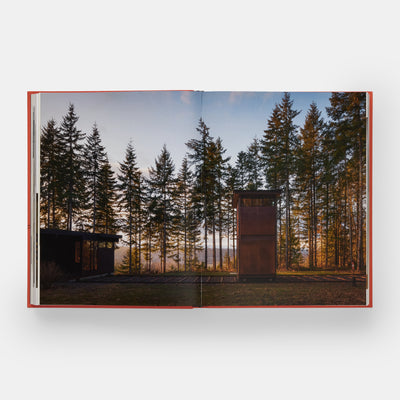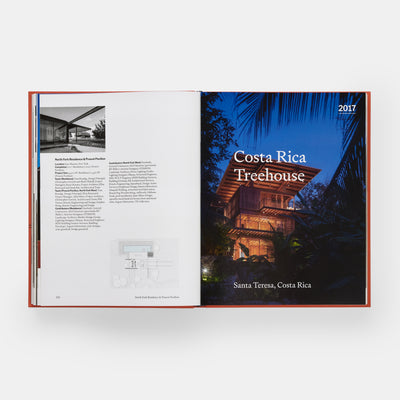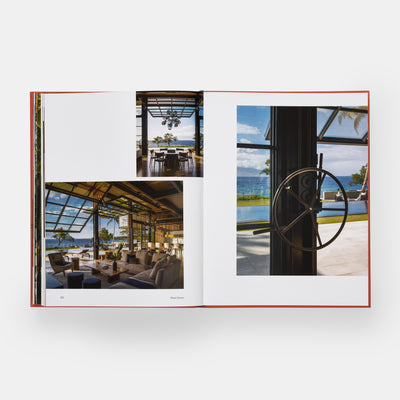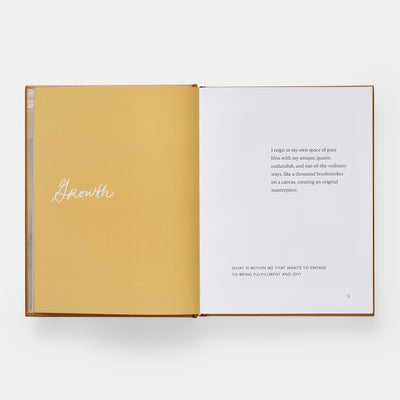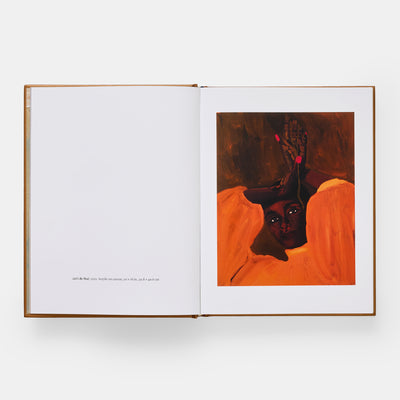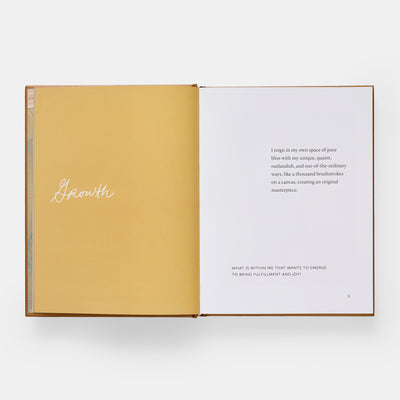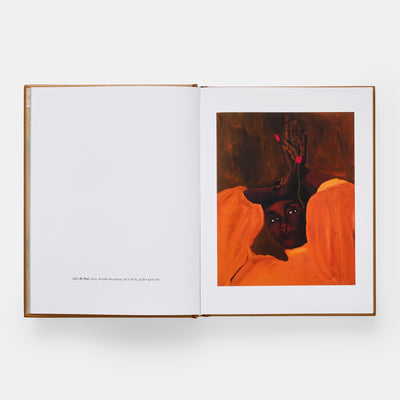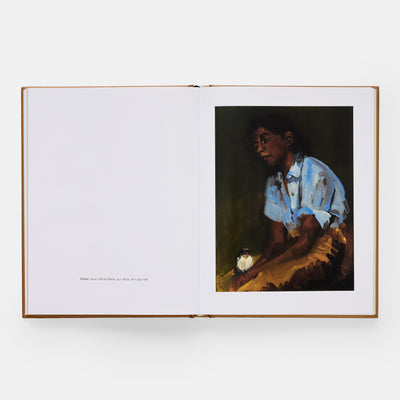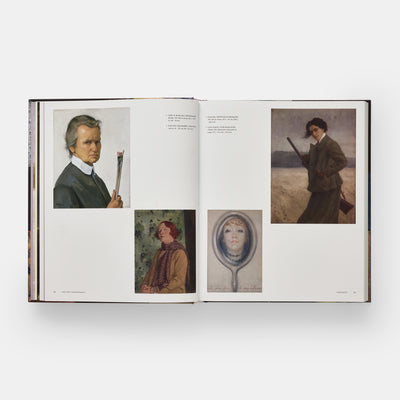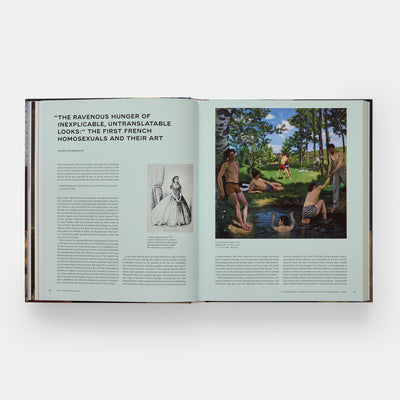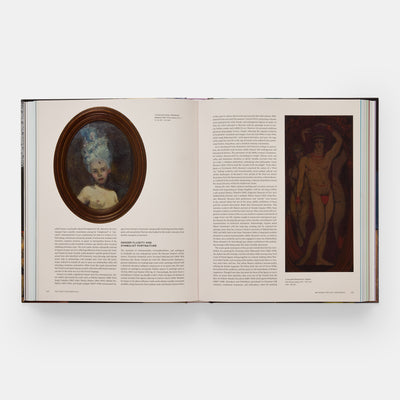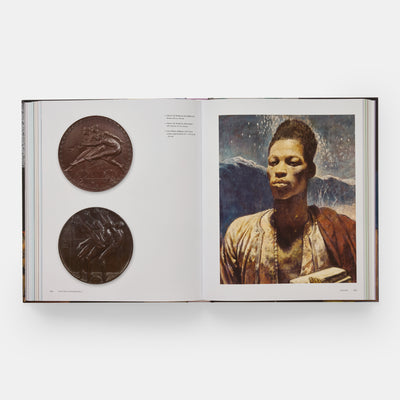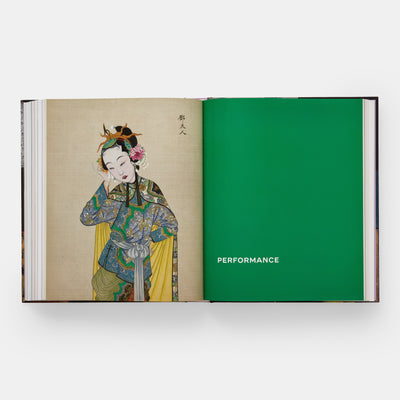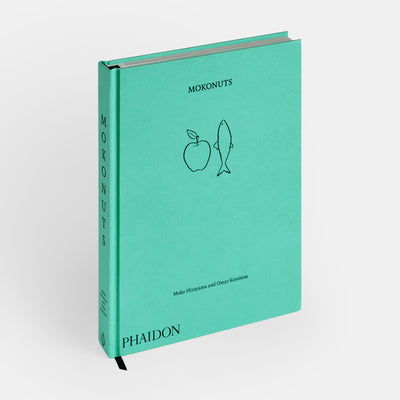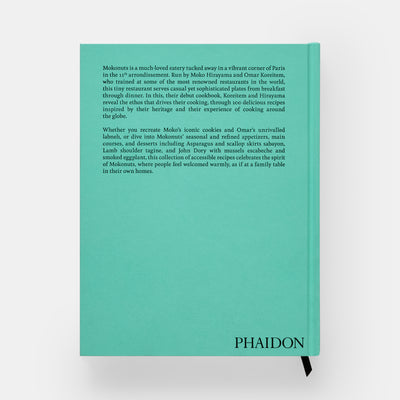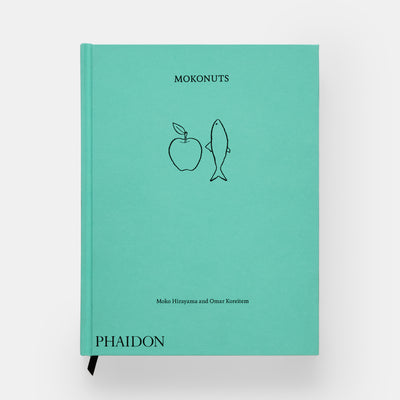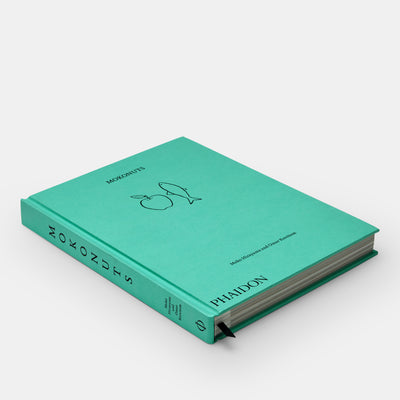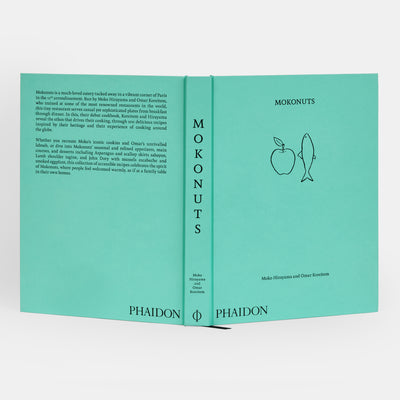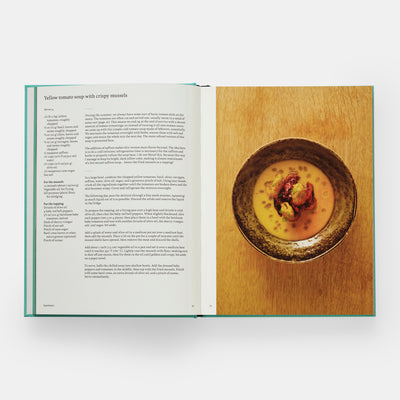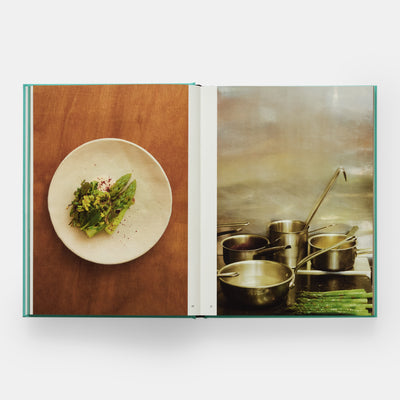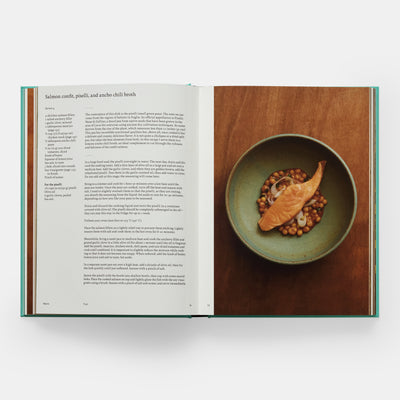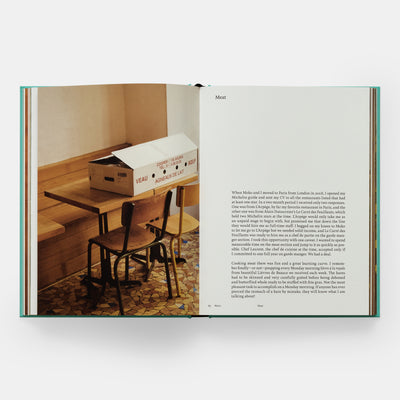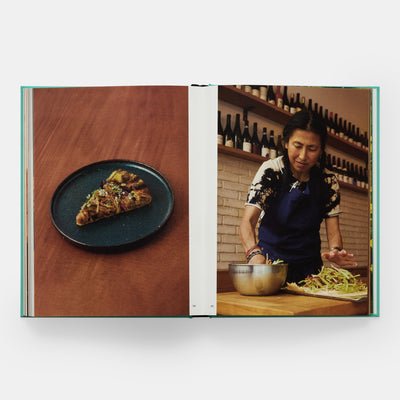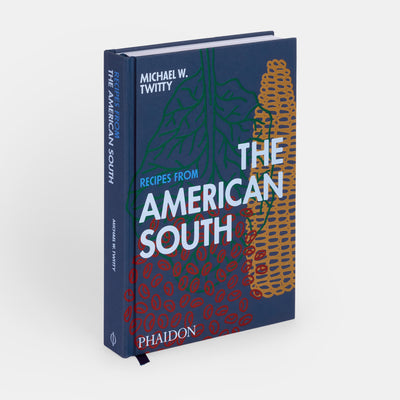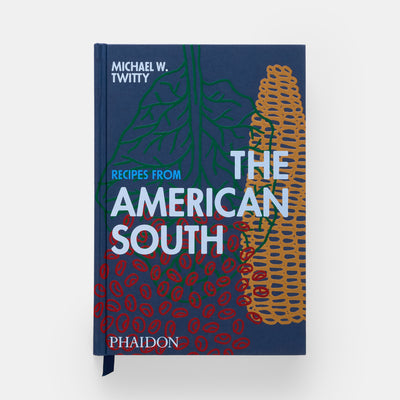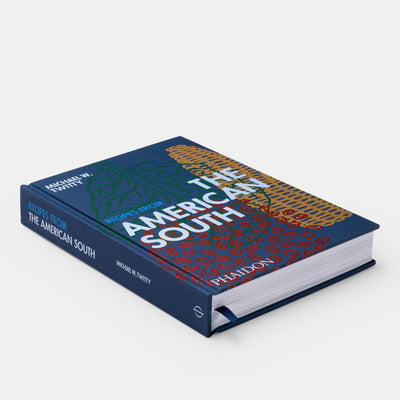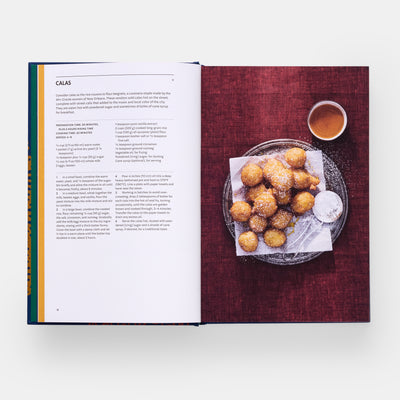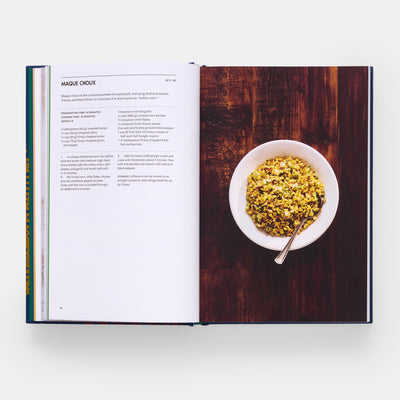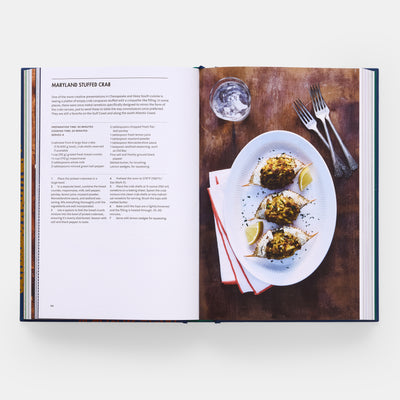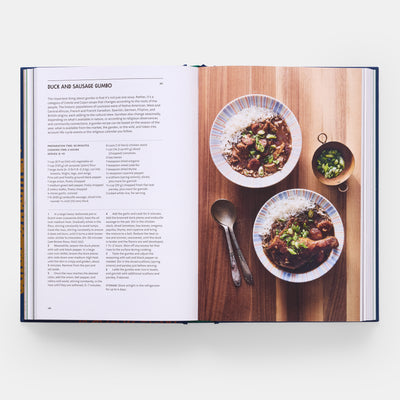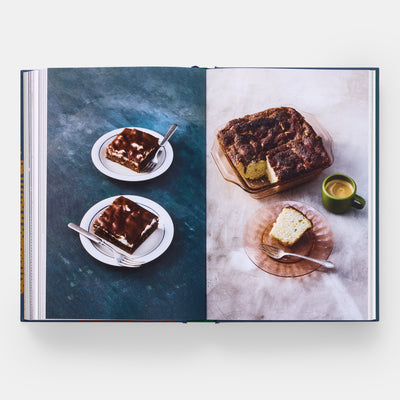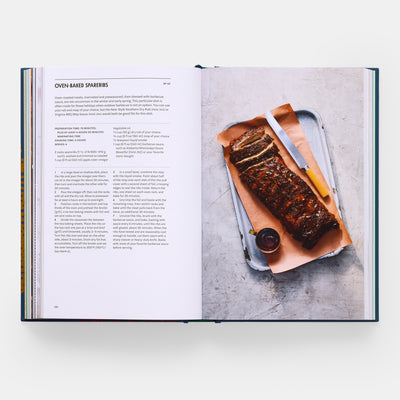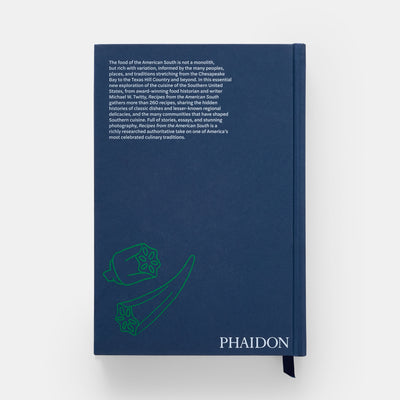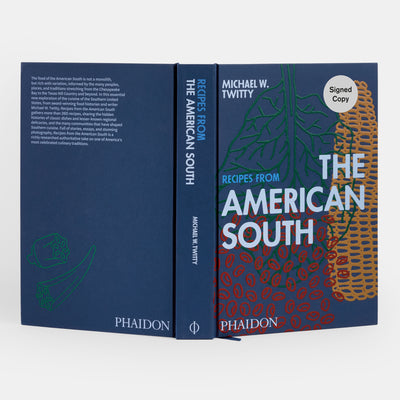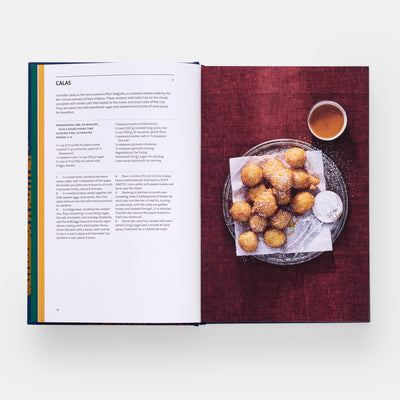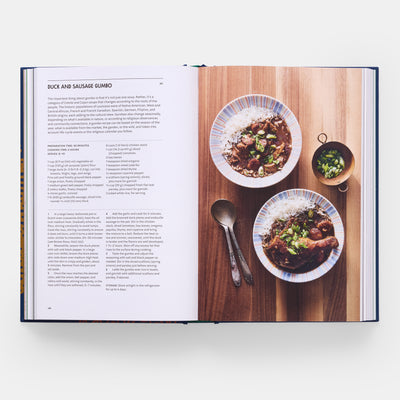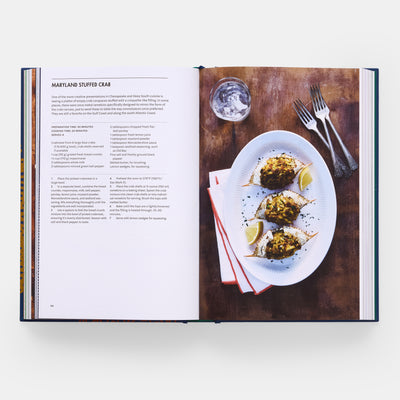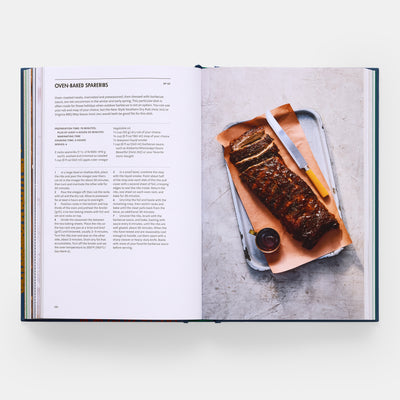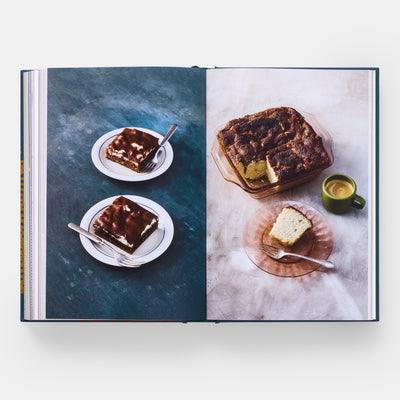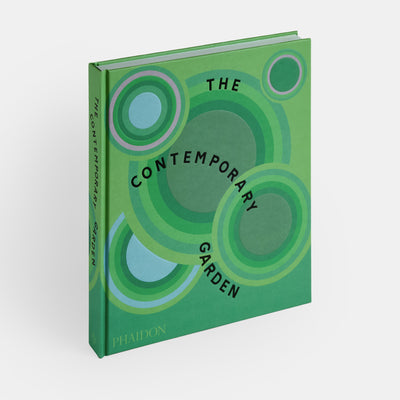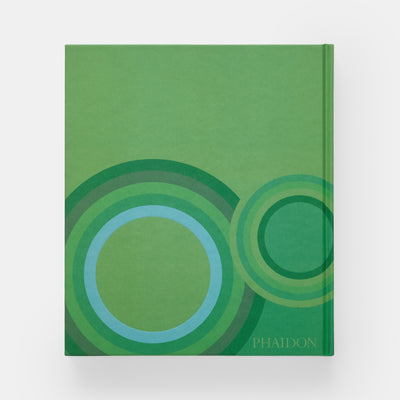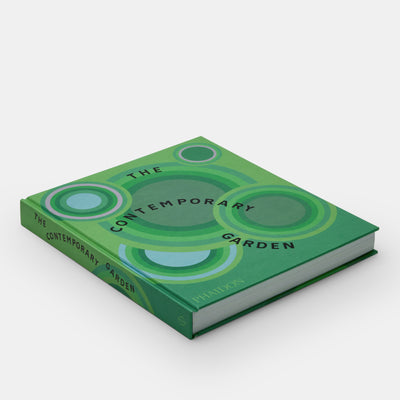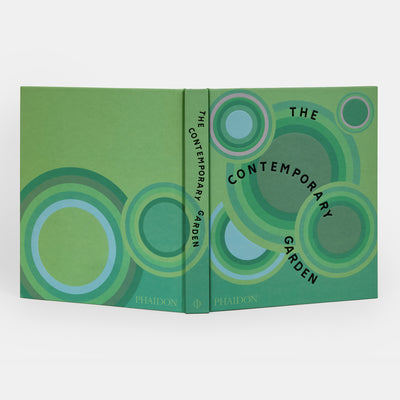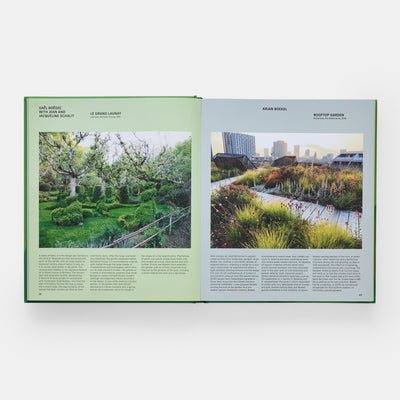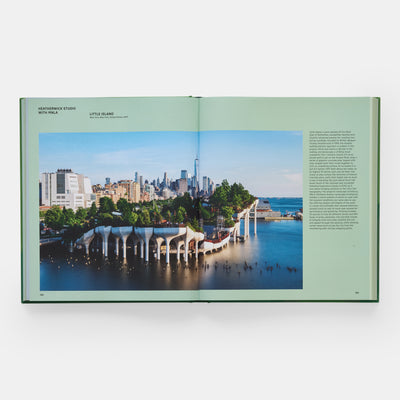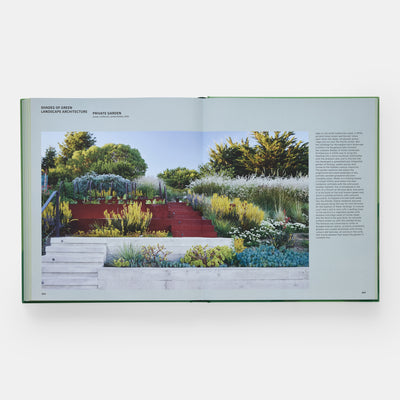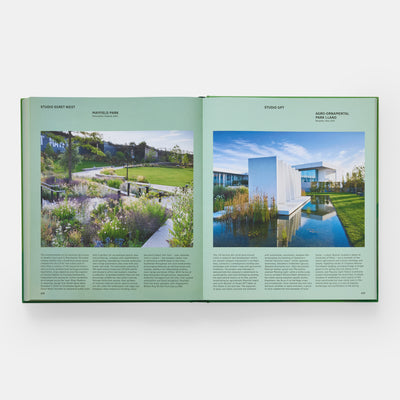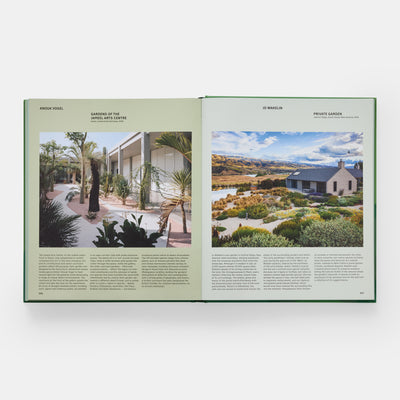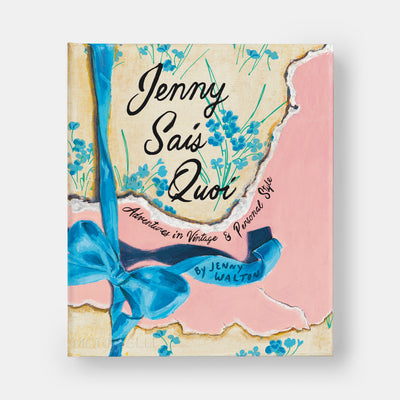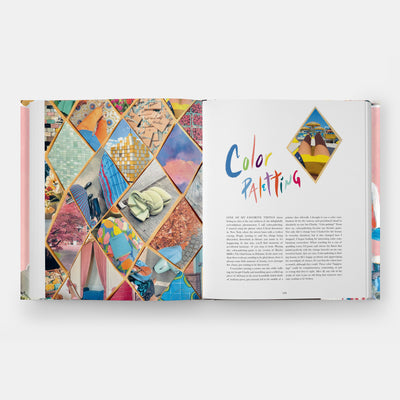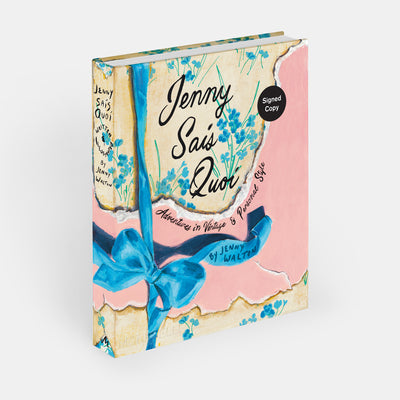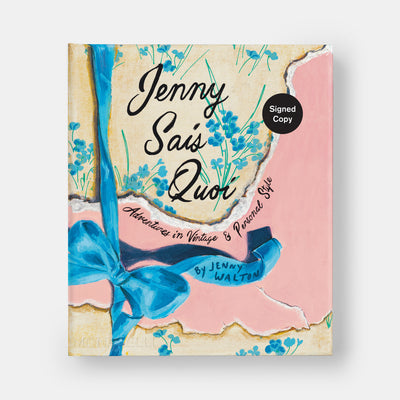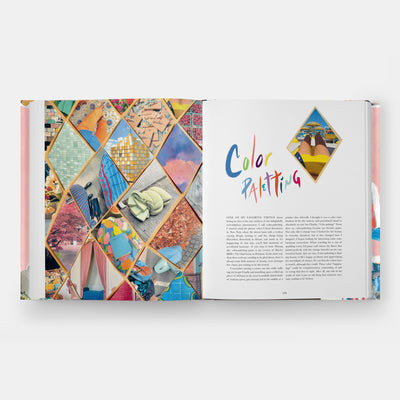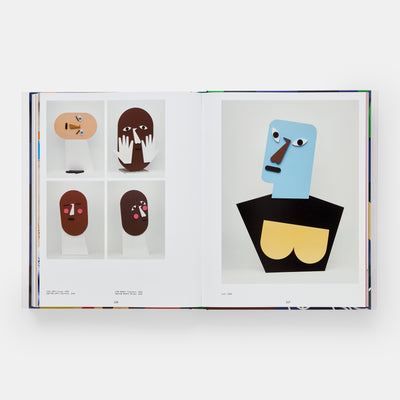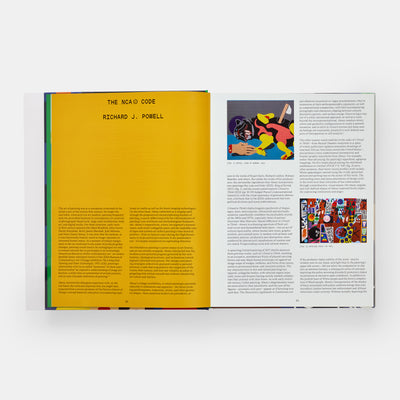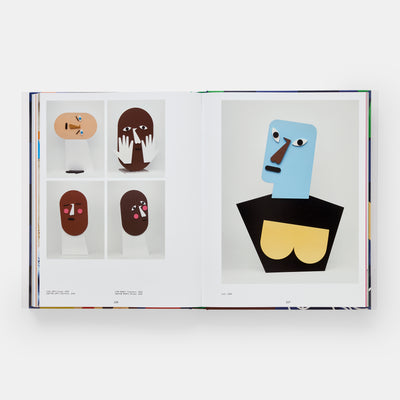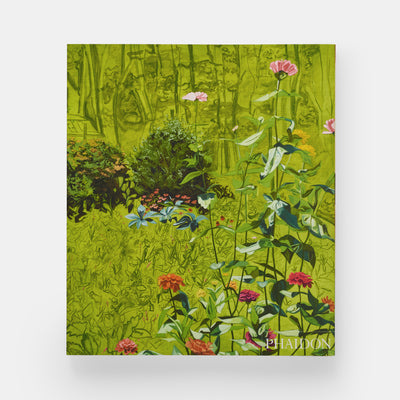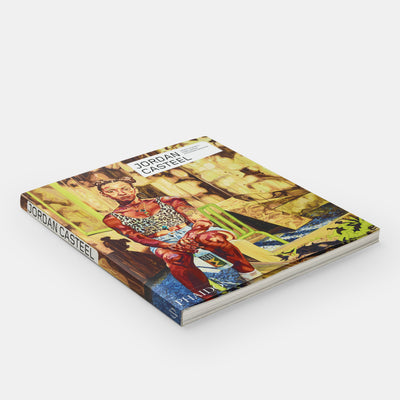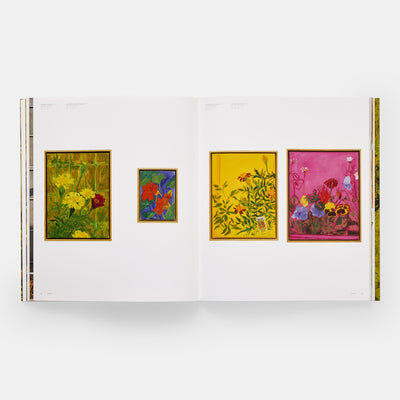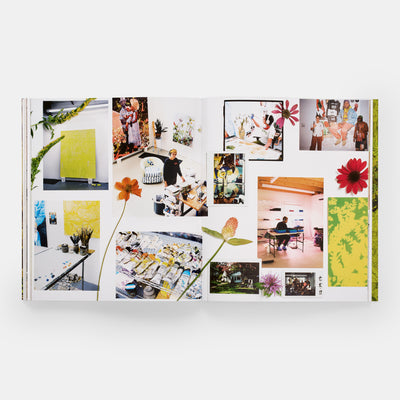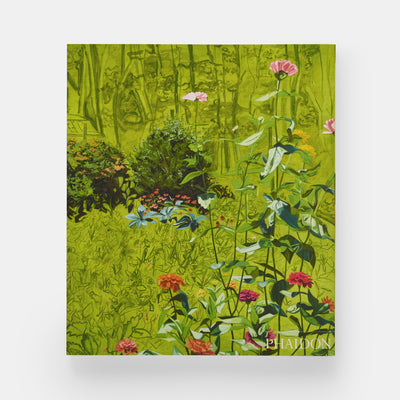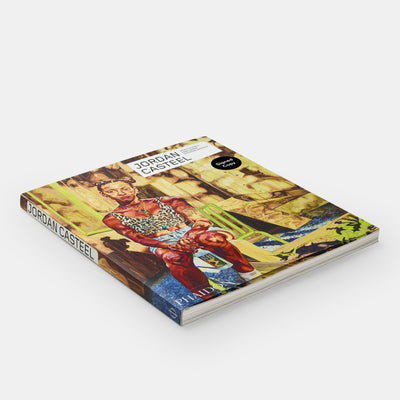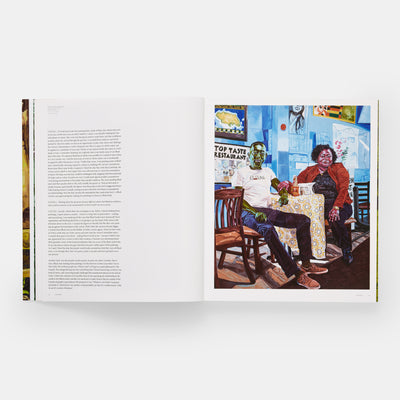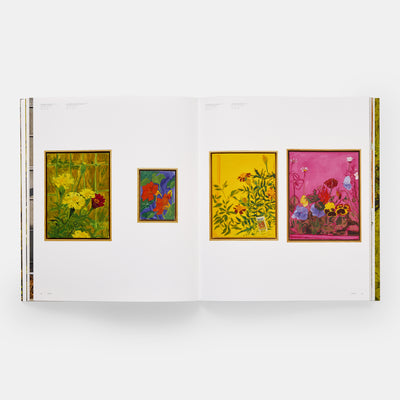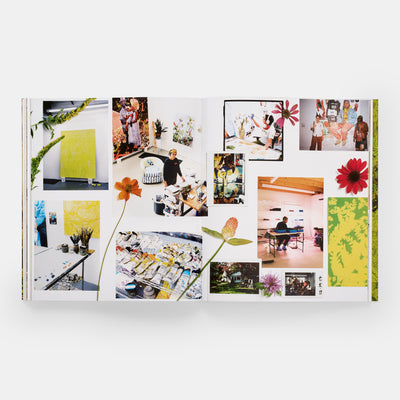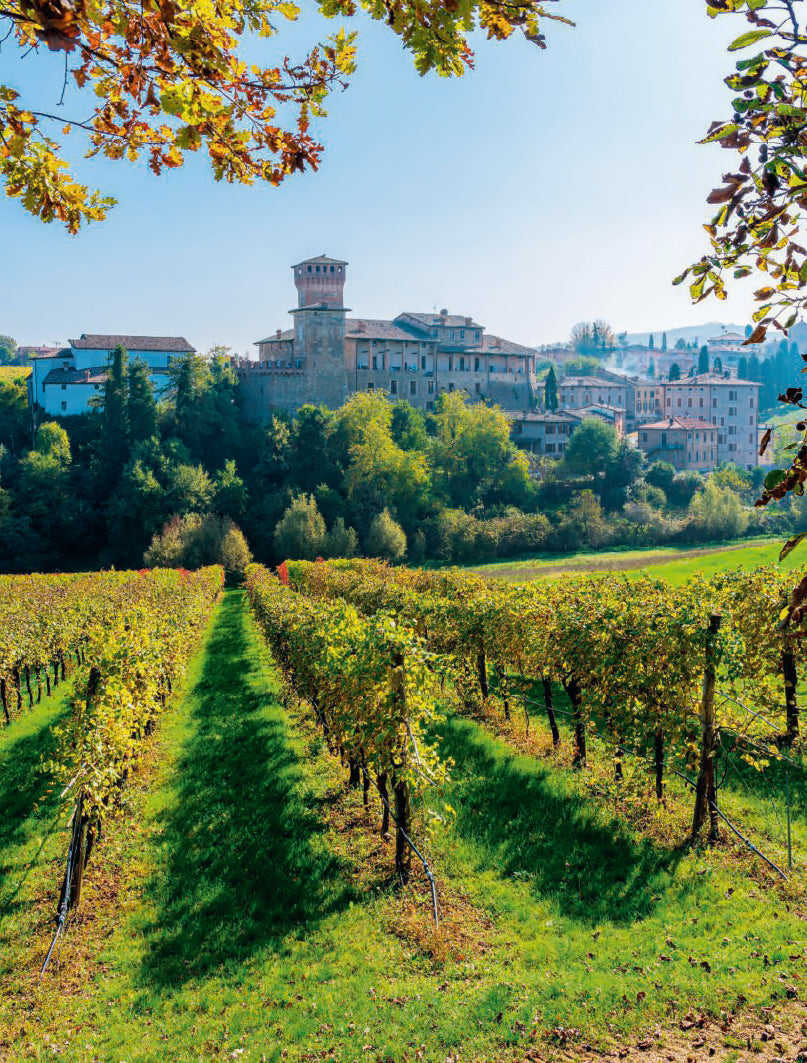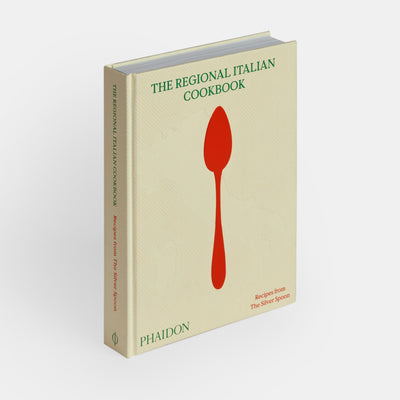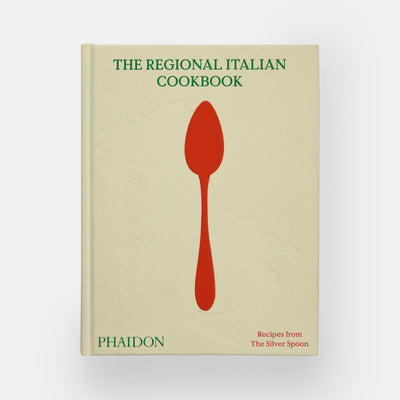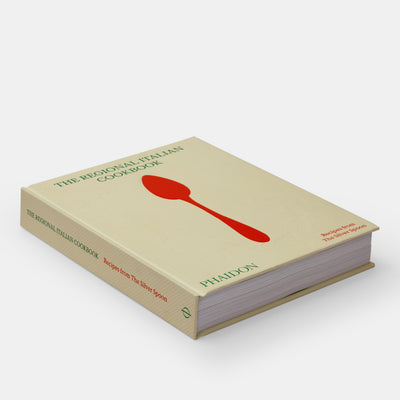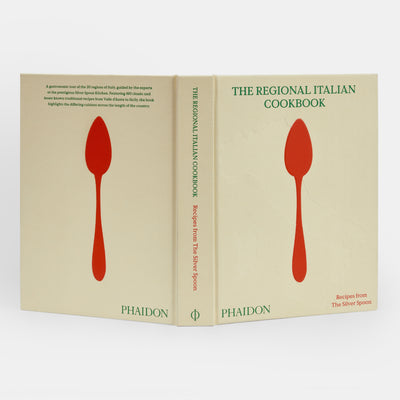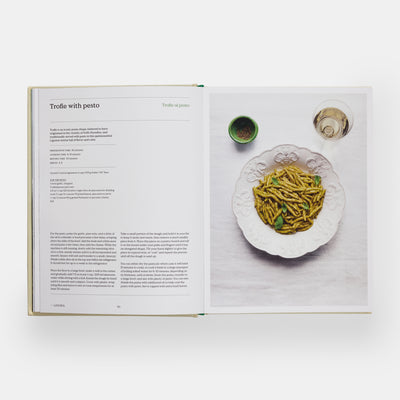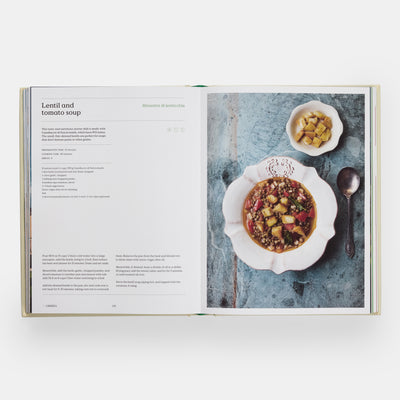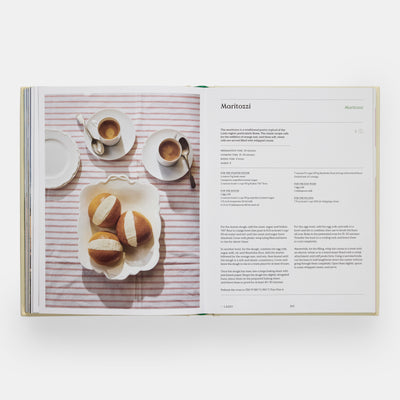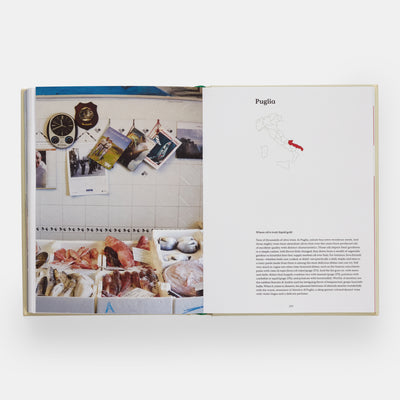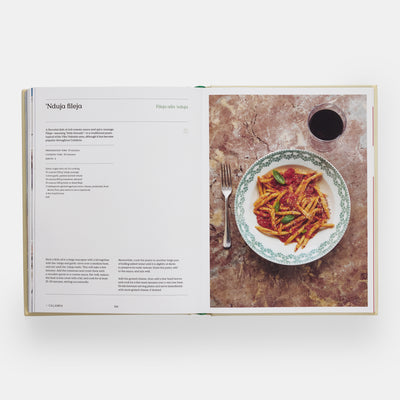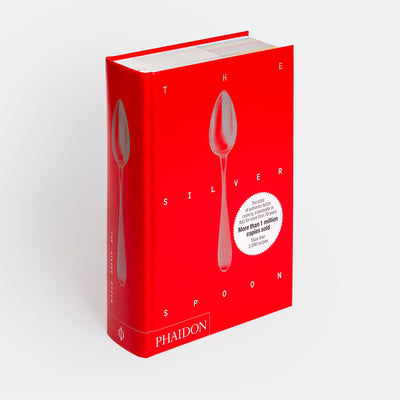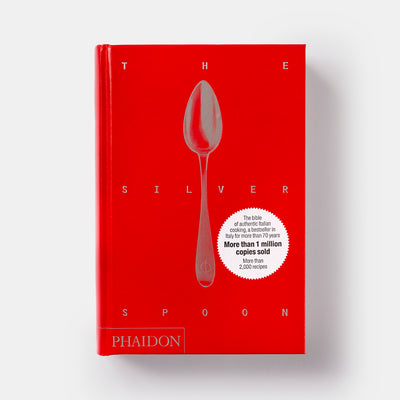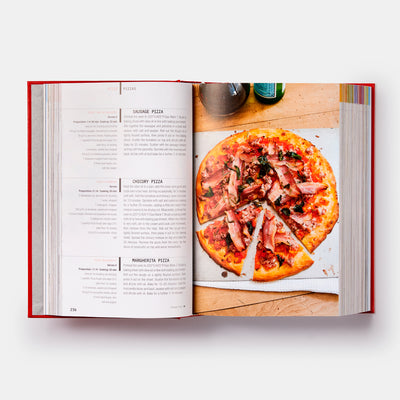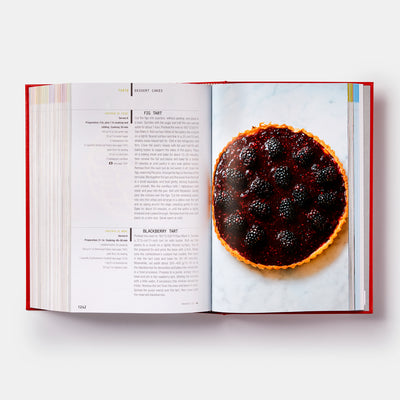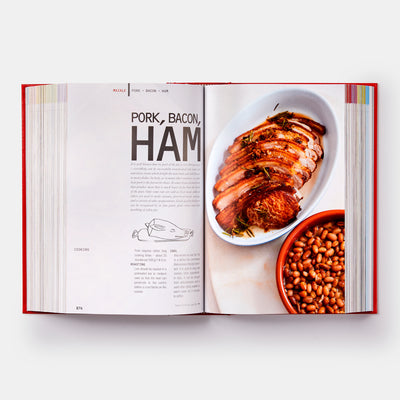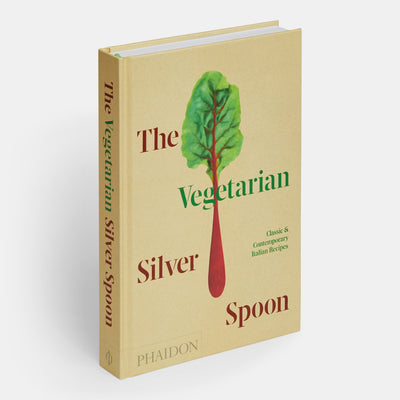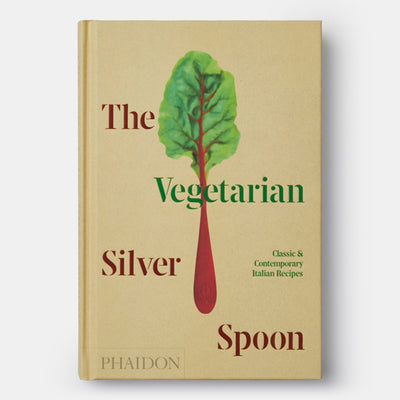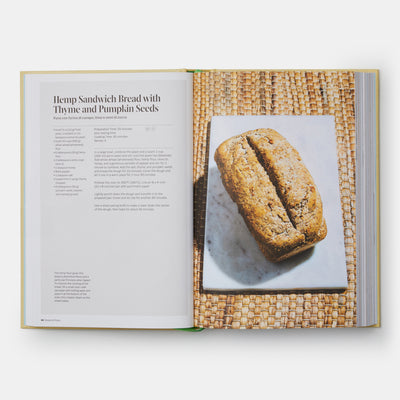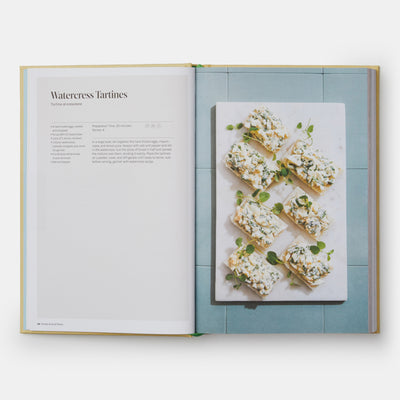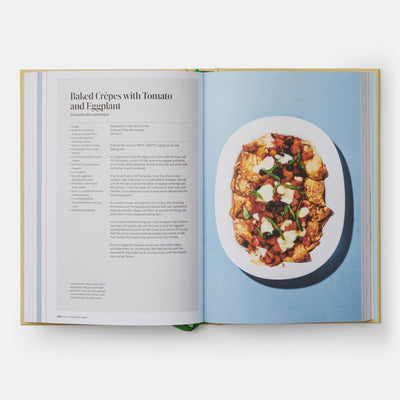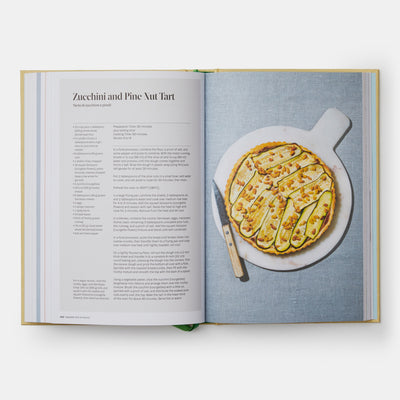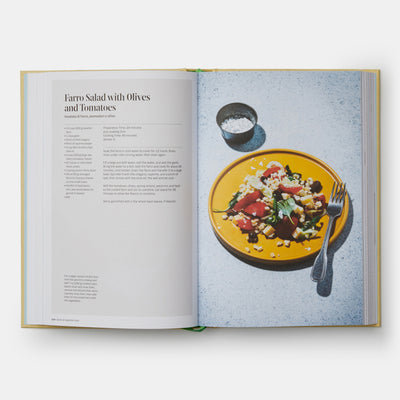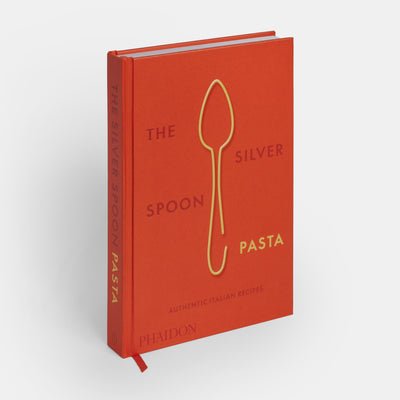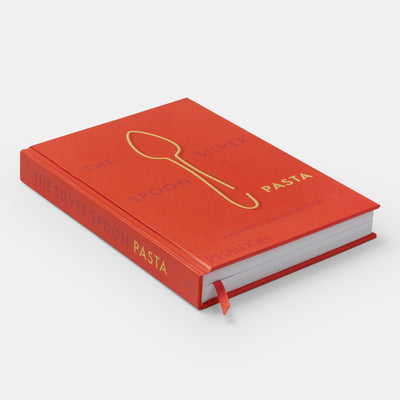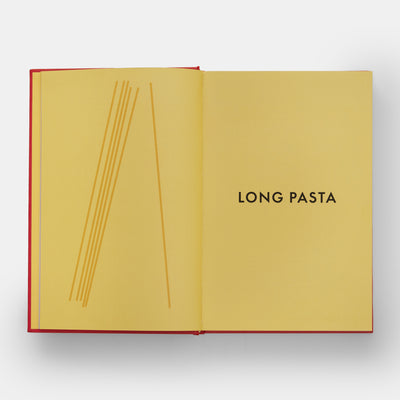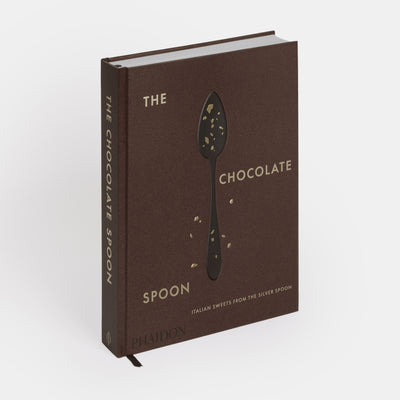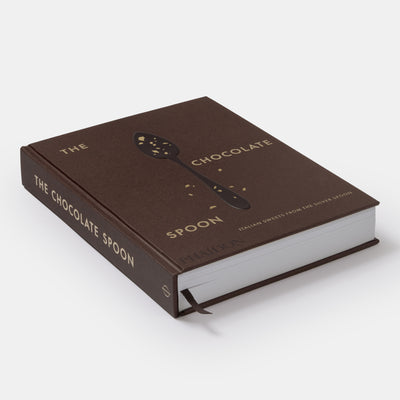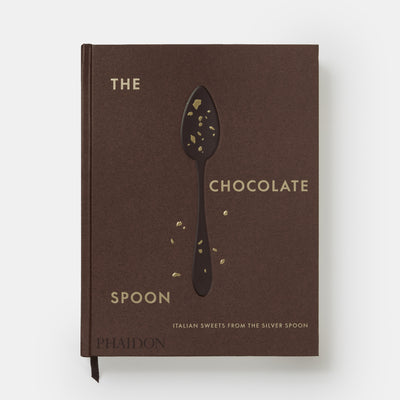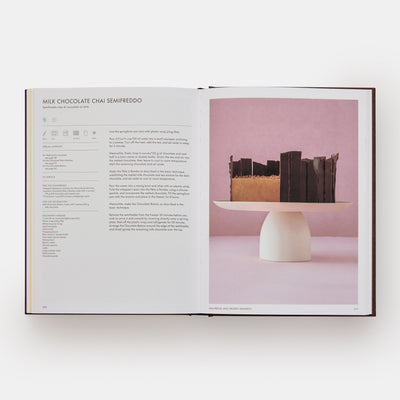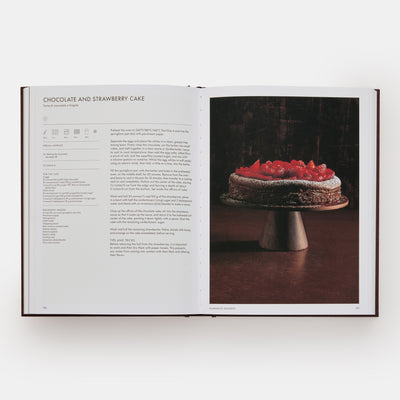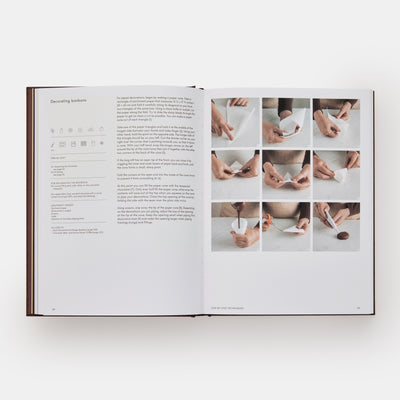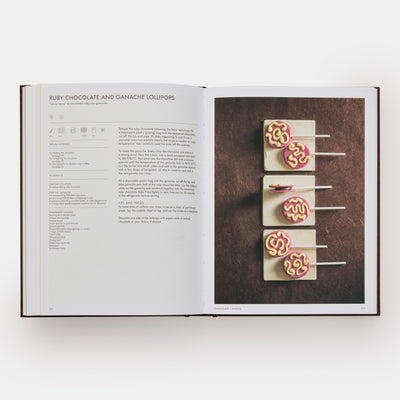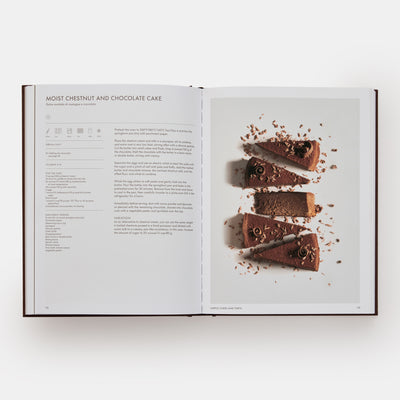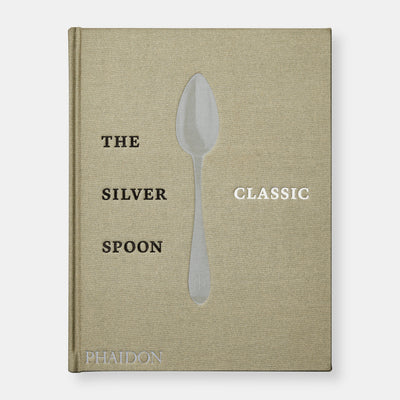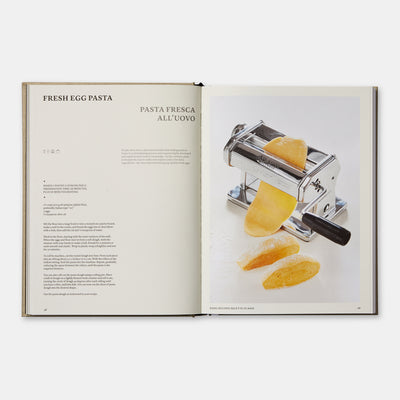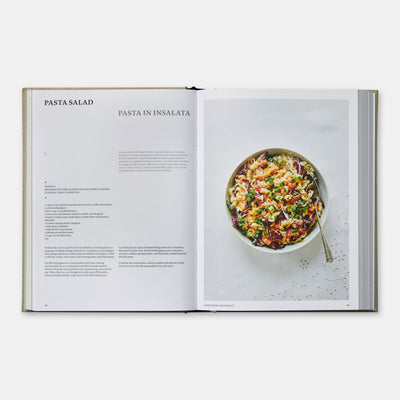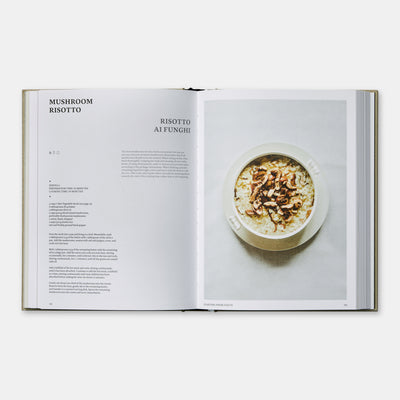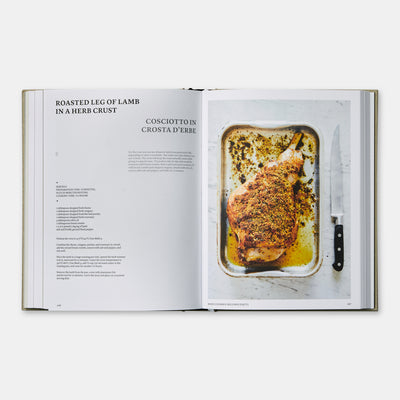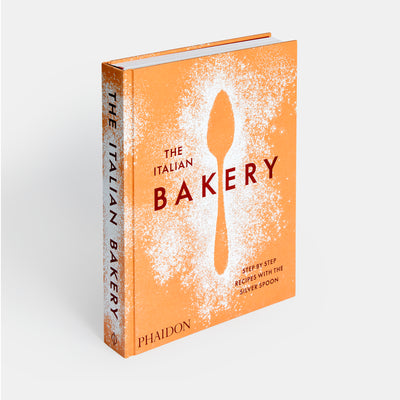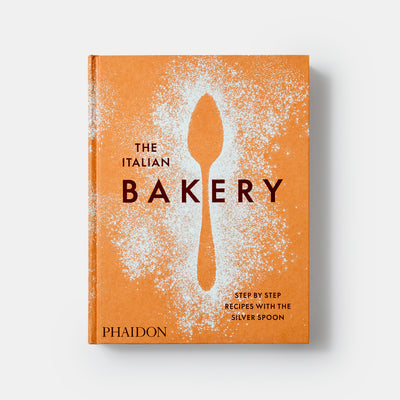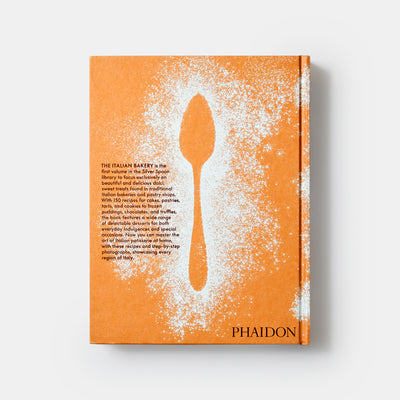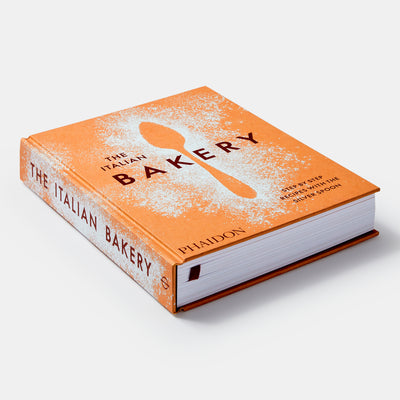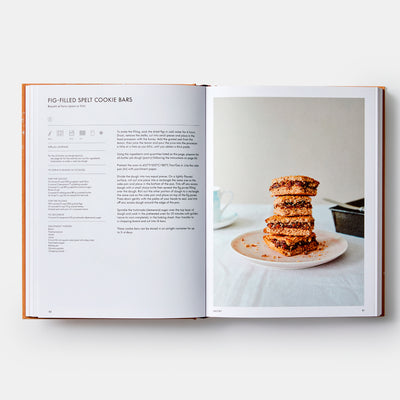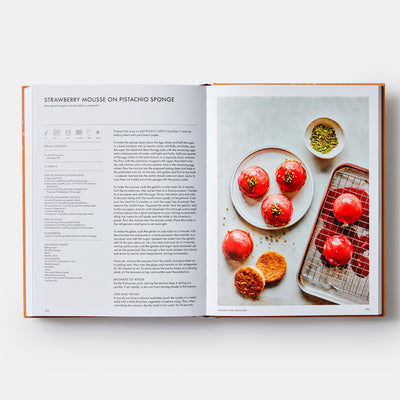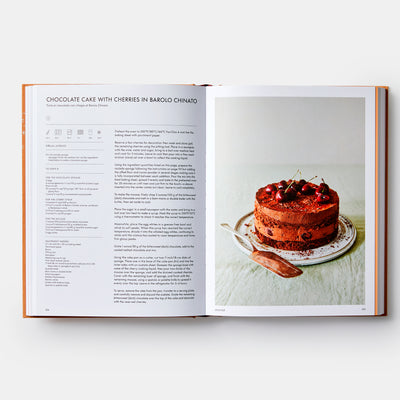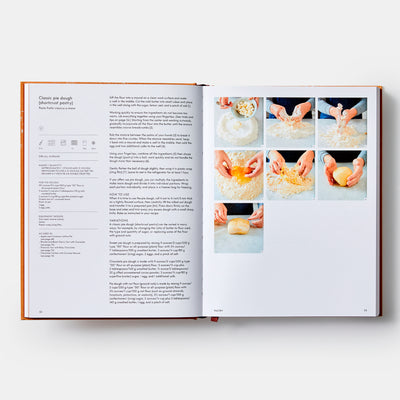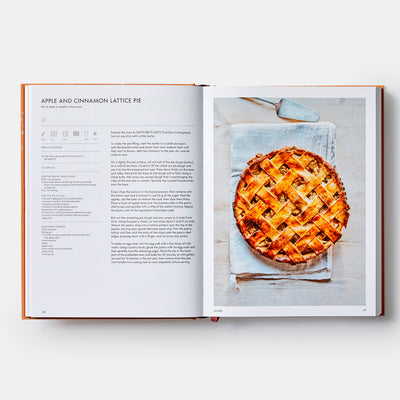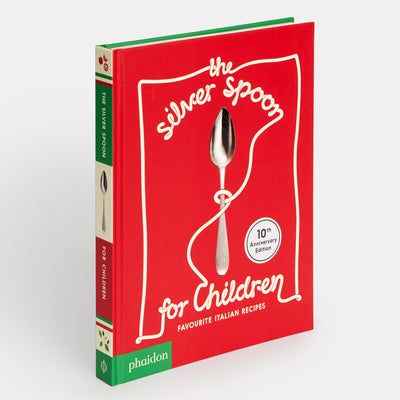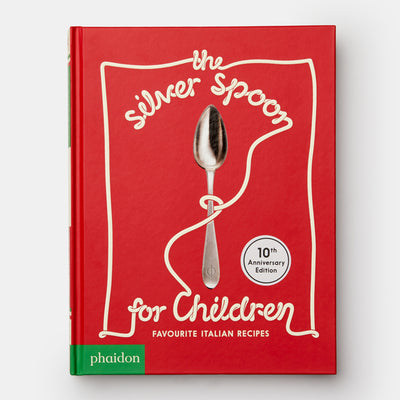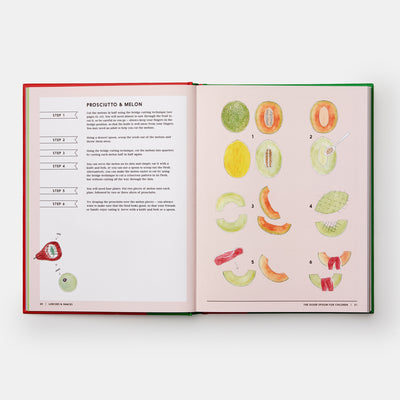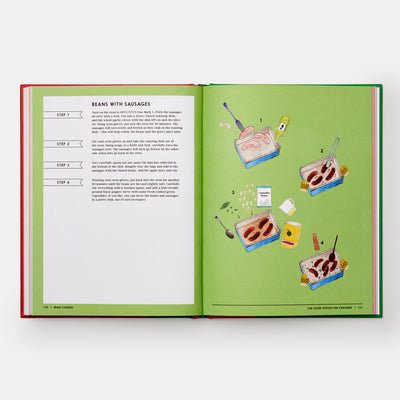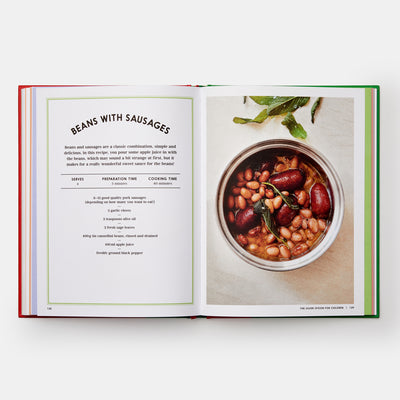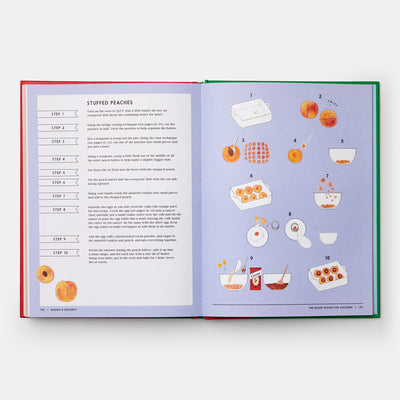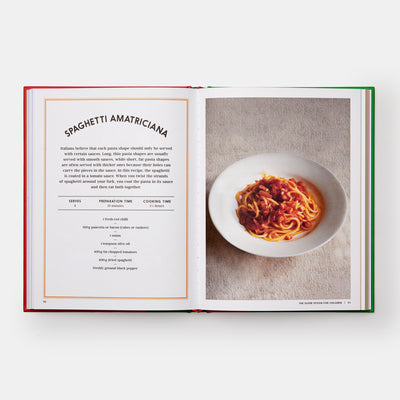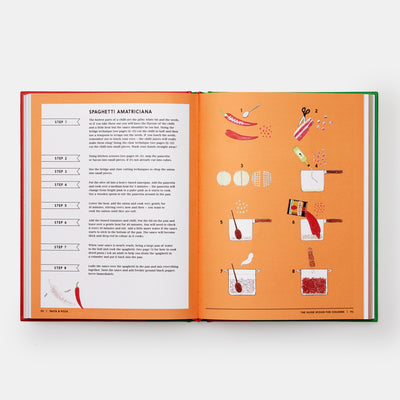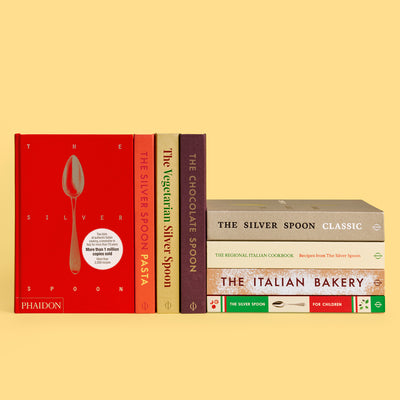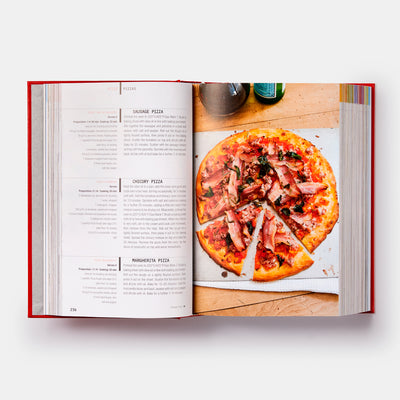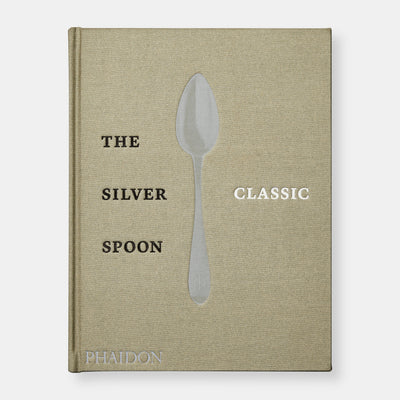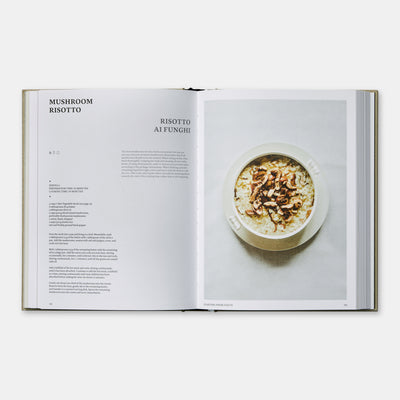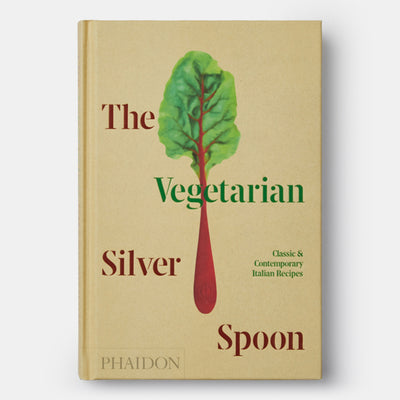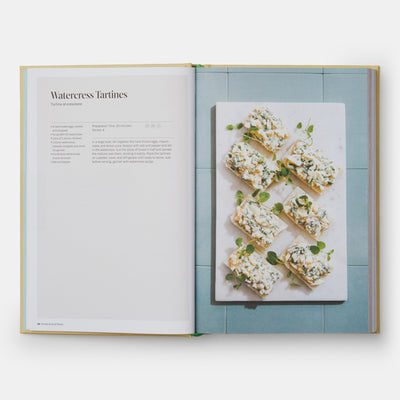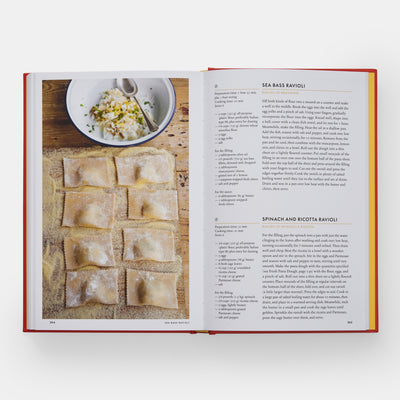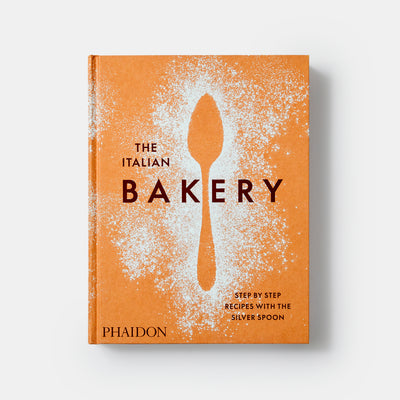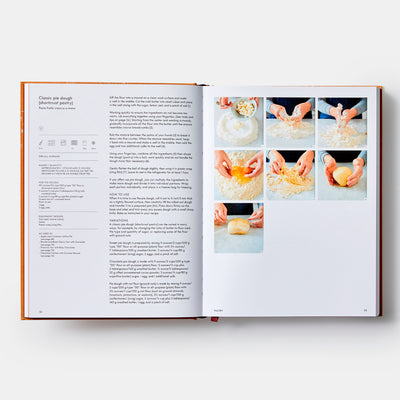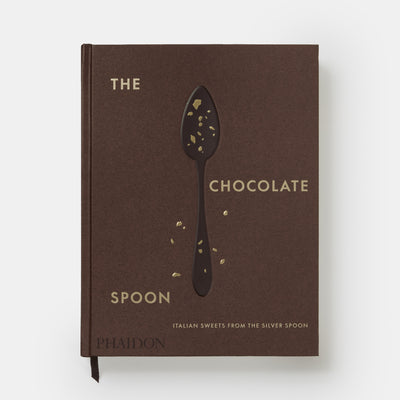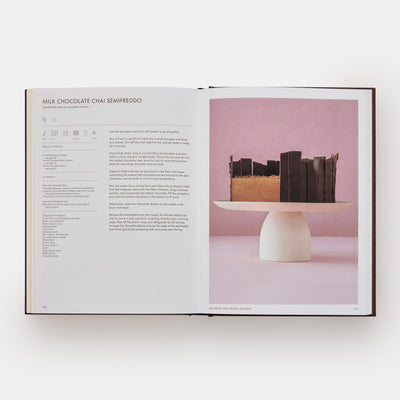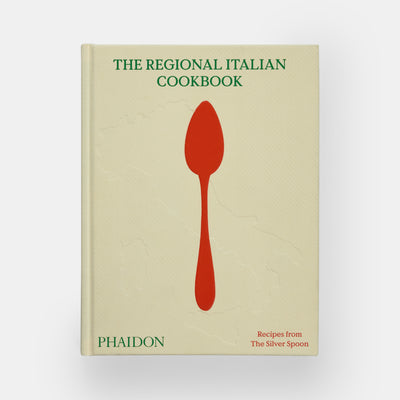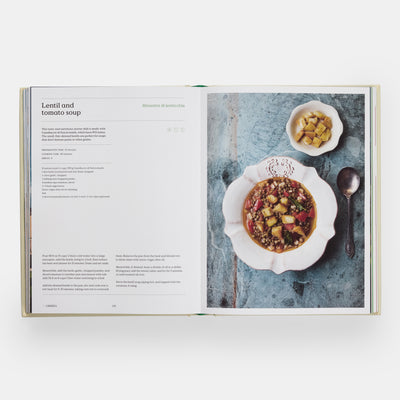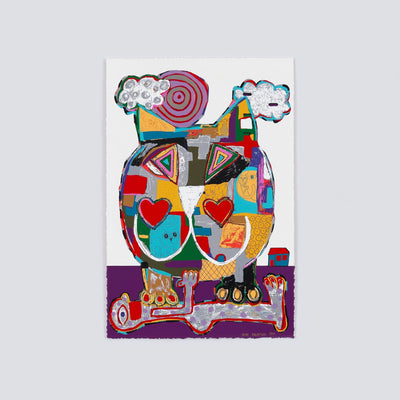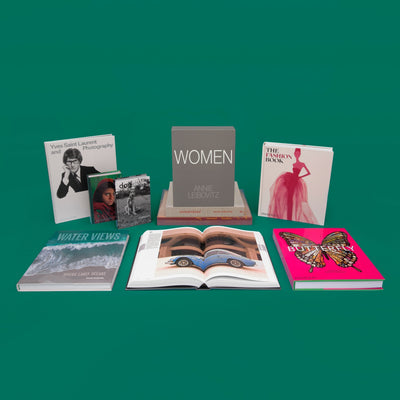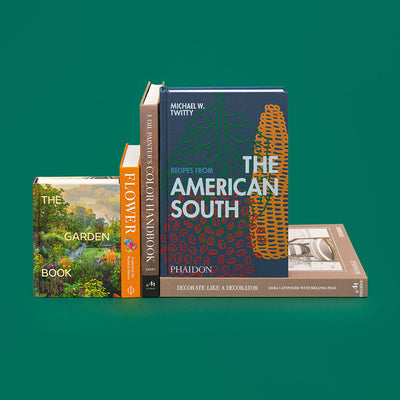Since its inception, The Silver Spoon has been a trusted guide in Italian cooking, showcasing the importance of regional recipes in preserving Italy’s culinary heritage. Each book in Phaidon’s best-selling Silver Spoon series takes readers and home cooks on a mouth-watering journey across Italy, showcasing the recipes that embody each of its region’s unique gastronomic identity.
The Regional Italian Cookbook takes readers on a journey through the twenty regions of the country, each of which has its own unique gastronomic identity, shaped by local ingredients, climate, and cultural influences.
The 160 recipes for the home cook are organised by region, exploring the rich and diverse culinary heritage of Italy: a reflection of its complex history, varied geography, and deep-rooted traditions.
From pasta dishes drenched in rich sauces to simple, fresh salads bursting with flavor, every recipe is designed to inspire you to cook with confidence and creativity and remind you that cooking is not just about the result, but the journey of bringing people together. Along the way, you’ll find out how local ingredients, climate, history, and culture impact Italy’s culinary expression.

Pizza Margherita. Photography: Simon Bajada Campania (Southern Italy)
For instance, while Southern Italy boasts rich, fertile soil ideal for growing vegetables, citrus fruits, and olives characterized by the flavors drawn out by the sun, Campania, home to Naples, is, of course, the birthplace of pizza, and the region's proximity to the sea means seafood also plays a central role in its cuisine, with dishes like Cozze gratinate. Northern Italian cuisine, in contrast, is heavily influenced by its proximity to the Alps, featuring meals that incorporate hearty ingredients such as meat, cream, butter, and cheese.
Meanwhile Central Italy has cemented itself as the heart of traditional Italian cuisine with rustic yet beloved dishes, while, in contrast, Sicily, the largest island in the Mediterranean, is a melting pot of the various cultures that have influenced it over centuries, including Greek, Arab, and Spanish. Sicilian cuisine is notable for its sweet and savory combinations, with dishes like Caponata (a sweet and sour eggplant dish), and the North African influence is particularly strong in the use of ingredients such as chickpeas, citrus, and couscous.
There are iconic dishes associated with specific regions—such as Trofie with pesto from Liguria; and dishes you find only in a specific region or sometimes city like Sarde in saòr - Marinated sardines - from Venice.
Central Italy, encompassing Tuscany, Umbria, Marche, and Lazio, is often seen as the heart of traditional Italian cuisine. Here, the focus is on simple, high-quality ingredients, sourced locally, as in Tuscany's rustic dishes, such as Ribollita (a vegetable and bread soup). In Lazio, the cuisine is more robust and often centered around pasta, with beloved dishes such as amatriciana and cacio e pepe.
ITALY'S REMARKABLE REGIONS
 Umbria, photography: SFM ITALY D
Umbria, photography: SFM ITALY D
UMBRIA - The mystical harmony of the landscape of Umbria predisposes the soul to enjoy the beautiful things in life. Naturally, food is one of them. Your eyes are soothed and enchanted by expanses of olive groves, making it possible to savor the different flavors of the oils produced in the Colli di Assisi and Spoleto, Colli Martani and Amerini, Colli Orvietani and Trasimeno, which combine wonderfully with the region’s culinary delights, first and foremost the tiny and delicious Castelluccio lentils.
 Trofie with pesto. Photography: Matt Russell Trofie al pesto. Liguria (Northern Italy)
Trofie with pesto. Photography: Matt Russell Trofie al pesto. Liguria (Northern Italy)
LIGURIA - All along the enchanting arc formed by the Ligurian coastline, from the Riviera di Levante in the east to the Riviera di Ponente in the west, there is a scent of basil, the herb that is crushed in a mortar with oil, garlic, and pine nuts—and almost always Parmesan cheese—to make pesto, the incredible sauce that makes every pasta a delicacy and every minestrone a special treat.
LOMBARDY - Lombardy is a rich land, where rice is king in the Pavia and Lomellina areas, and polenta abounds in the Seriana Valley. It is a land where milk flows in rivers, thickening into excellent cheeses with precise and distinctive flavors, such as the “teary” Grana Lodigiano, with drops of whey emerging like mother-of-pearl immediately after cutting; Taleggio, whose marriage with pears must be happily consummated; as well as age old bitto and soft mascarpone.

Veneto (Northern Italy), photography Farway Photos
VENETO - The Veneto is an extraordinary land where ombra (“shadow”) means a glass of wine and cicchetti is the local variant of tapas, where sardines are paired with raisins and onions go wonderfully with liver. It is where a dried cod (stockfish) is turned very soft, almost to a cream. It is where the consistency of steaming pasta e fasioi is constantly checked until the wooden spoon can stand in the middle of the pot, as opposed to the wonderful risi e bisi, which is arranged on the plate like a wave on the shoreline. It is where the Asiago plateau gifts us with its namesake cheese, and it is home to Montasio, a cheese created by the wise Benedictine monks of Moggio Abbey.
EMILIA-ROMAGNA - Emilia-Romagna is the promised land for food-lovers. This rich epicurean region is home to a series of gourmet specialties that have even become synonymous with the Italian identity. We start with the wonderful gnocco fritto and piadina to accompany the delicious salumi and cheeses, followed by egg pasta, both filled and unfilled, such as the delectable lasagna of Bologna with its sumptuous ragù sauce; the marvelous tortellini of Castelfranco, which has always boasted an almost maternal bond with the surrounding countryside; and the humble passatelli, made with stale bread and cheese and cooked in a rich broth.
 Tiramisu. Photography: Matt Russell Veneto (Northern Italy)
Tiramisu. Photography: Matt Russell Veneto (Northern Italy)
TUSCANY - To have a taste of Tuscany almost always means ordering a superb steak, or as the locals say, a fiorentina. And it has to be Chianina. Real Chianina steak, from the Chiana Valley, comes from a wonderful cow that is exclusively reared for its tender and flavorful meat. To have a taste of Tuscany also means discovering Italy’s finest oils, strong-flavored like those from Chianti, or pale and delicate like those from Lucca. It means discovering flavors that are sometimes quite strong, like that of game, such as the wild boar to be found in the forests of the Maremma region; or of the unrivaled pecorino cheeses made in Crete Senesi and Casentino.
MARCHE - The Marche region, whose landscapes retain the charm of yesteryear, is where nature seems to be at its best. In fact, all along the coast, from Gabicce to Porto d’Ascoli, her bounty is evident in the sea, with nets straining with all kinds of fish; while inland, she has hidden white truffles in the Acqualagna area and black truffles almost everywhere. In the Piceno region, she hangs small and tender Ascolane olives on the trees, and sees cows, sheep, and pigs in the meadows and countryside. Interpreting these gifts in the best possible way has led to an incredible variety of soups, broths, and grilled meats.

Valle d’Aosta photograph Adam Eastland
VALLE D’AOSTA - Valle d’Aosta is where the Mediterranean diet becomes distinctly Alpine. In fact, the food here is clearly influenced by climate and altitude. Pasta is almost nowhere to be found, its place taken by soups and polenta. Oil is replaced by butter and cheese. And above all, fontina is the basic ingredient of all fondues, of all fillings, of all sauces and flavorings.
CALABRIA - The pleasure of concentrated flavors of Calabria, a name that in the Greek of Byzantium means “land of every good,” which therefore applies to Cirò, the magnificent wine once given as a prize to the winning athletes at the Olympic Games. Calabria is located at the very tip of the boot of Italy, a land of coasts and mountains that is 155 miles (250 kilometers) long and bounded by the Ionian and Tyrrhenian seas. As a result, the cuisine of the region alternates between rustic and hearty dishes, such as pasta with concentrated lamb and pork sauces and pita flatbreads stuffed with savory fillings; richly flavored seafood, such as the swordfish caught between Scilla and Bagnara; and vegetables in large mixed salads, casseroles of tomatoes and peppers, and pumpkin and zucchini (courgettes).

Pasta with sardines. Photography: Matt Russell Pasta con le sarde. Sicily
SICILY - The taste of Sicily moves with wonderful ease from one excess to another—from savory to sweet to sour. It is where intriguing citrus salads featuring slices of juicy oranges or lemons are dressed with a drizzle of oil, a sprinkling of black pepper, and a pinch of salt And where pasta is combined with sardines. The versions from Palermo and Catania, albeit with slight differences, both boast the flavors of the island that are first “cooked” by the sun and air, light and wind, turning tomatoes into little mouthfuls of nectar, while eggplants (aubergines), known as le belle (“beautiful ones”) form the soft notes of caponata an absolute triumph of pan-fried vegetables that demands the sharpness of capers. Fish is found in abundance, from the smallest ones of little value that are washed ashore after storms, known as fragagghia, which are recovered to be deep-fried, to the highly prized, such as swordfish and tuna of the highest quality.

Sardinia, photography: Liane M
SARDINIA - If the color of Sardinia is the turquoise green of the sea, its flavor is that of the bittersweet mirto, the iconic liqueur made from purple berries of the myrtle bushes that grow wild all over the island. There is an ancient and still authentic Sardinia that makes a simple meal of bread and cheese—but what breads and what cheeses! Both are made in the finest artisan tradition, and once you start, it is hard to stop cutting slices of Fiore Sardo, a still-young pecorino cheese that has already developed an alluring flavor and which marries wonderfully with the fruitiness of white Vermentino di Gallura wine.
Since its inception, The Silver Spoon has been a trusted guide in Italian cooking, showcasing the importance of regional recipes in preserving Italy’s culinary heritage. This book serves as an essential resource for anyone looking to explore authentic Italian cuisine, offering a wide range of recipes that are rooted in tradition yet inviting for home cooks. Check out the entire The Silver Spoon series here.
Try this simple Silver Spoon recipe
BISTECCA ALLA FIORENTIANA (FLORENTINE STYLE STEAK)
 Florentine-style steak (Bistecca alla Fiorentina). Tuscany (Central Italy) Photography: Matt Russell
Florentine-style steak (Bistecca alla Fiorentina). Tuscany (Central Italy) Photography: Matt Russell
The Florentines simply call this bistecca—derived from the English word “beefsteak”—and it is a dish that is truly symbolic of the region, made with a porterhouse or T-bone steak.
PREPARATION TIME 5 minutes
COOKING TIME 10 minutes
SERVES 4
1 2 pound 10-ounce/1.2-kg porterhouse or T-bone steak
Olive oil, for drizzling
Salt and black pepper
Preheat the broiler (grill). Add the steak and broil (grill) for 5 minutes on each side, or until browned on the outside and just pink inside. Remove from the heat and sprinkle with salt. Drizzle a ring of oil in a warmed serving dish, lay the steak on top, and serve immediately, sprinkled with pepper.

